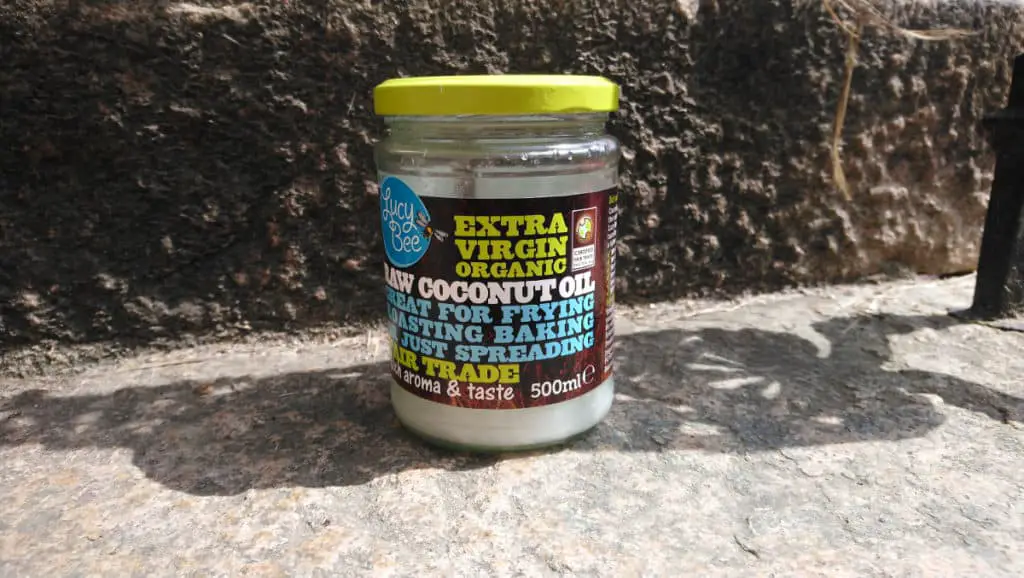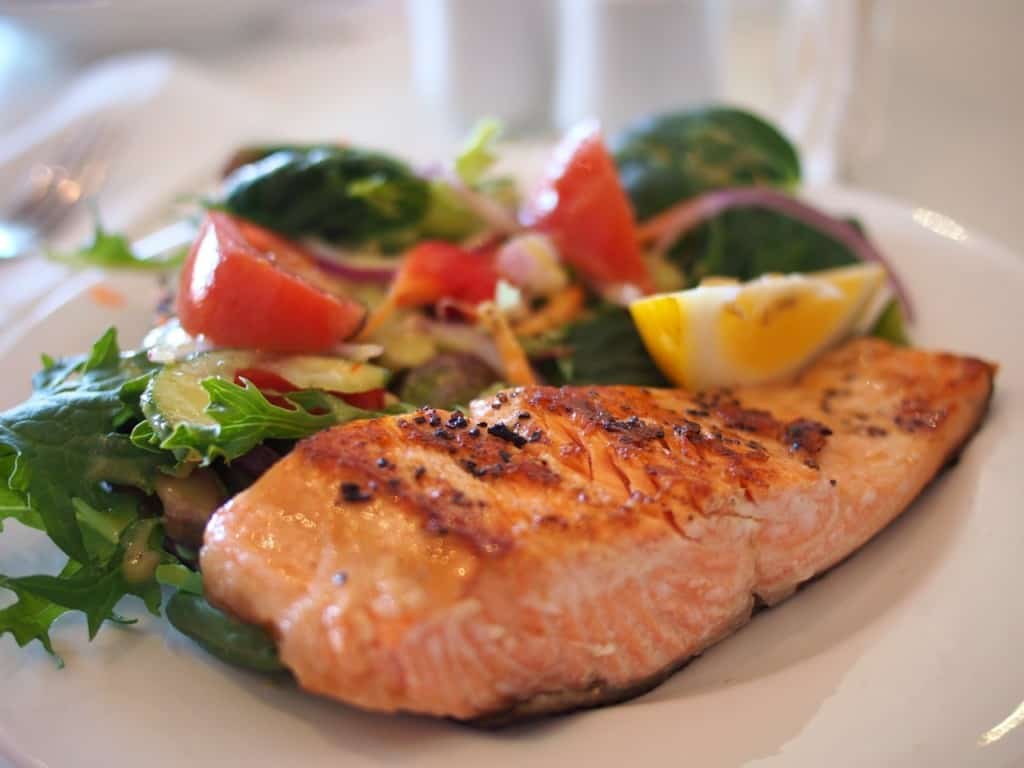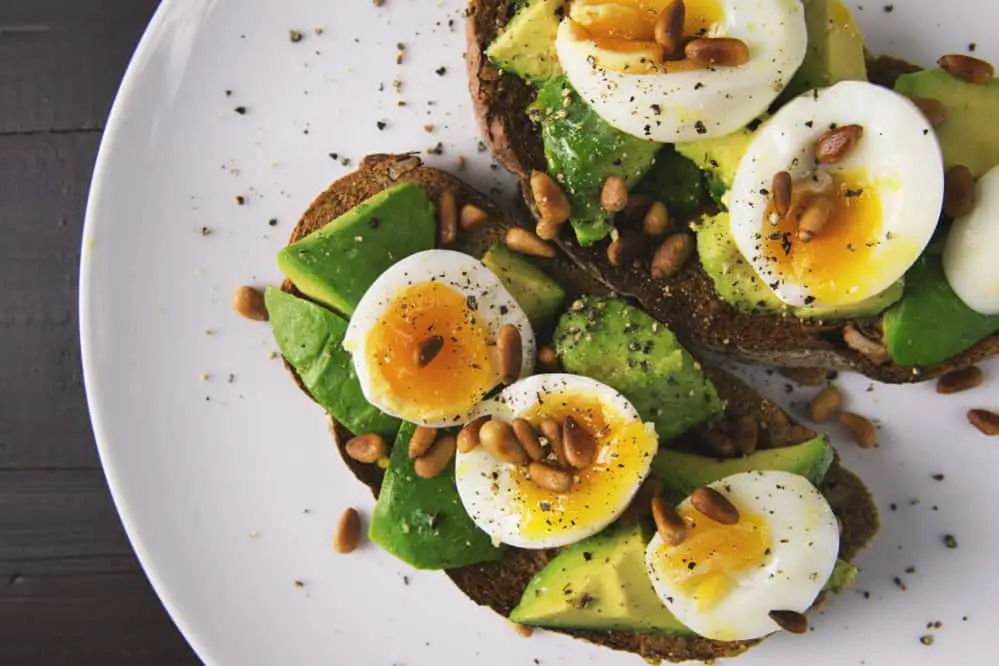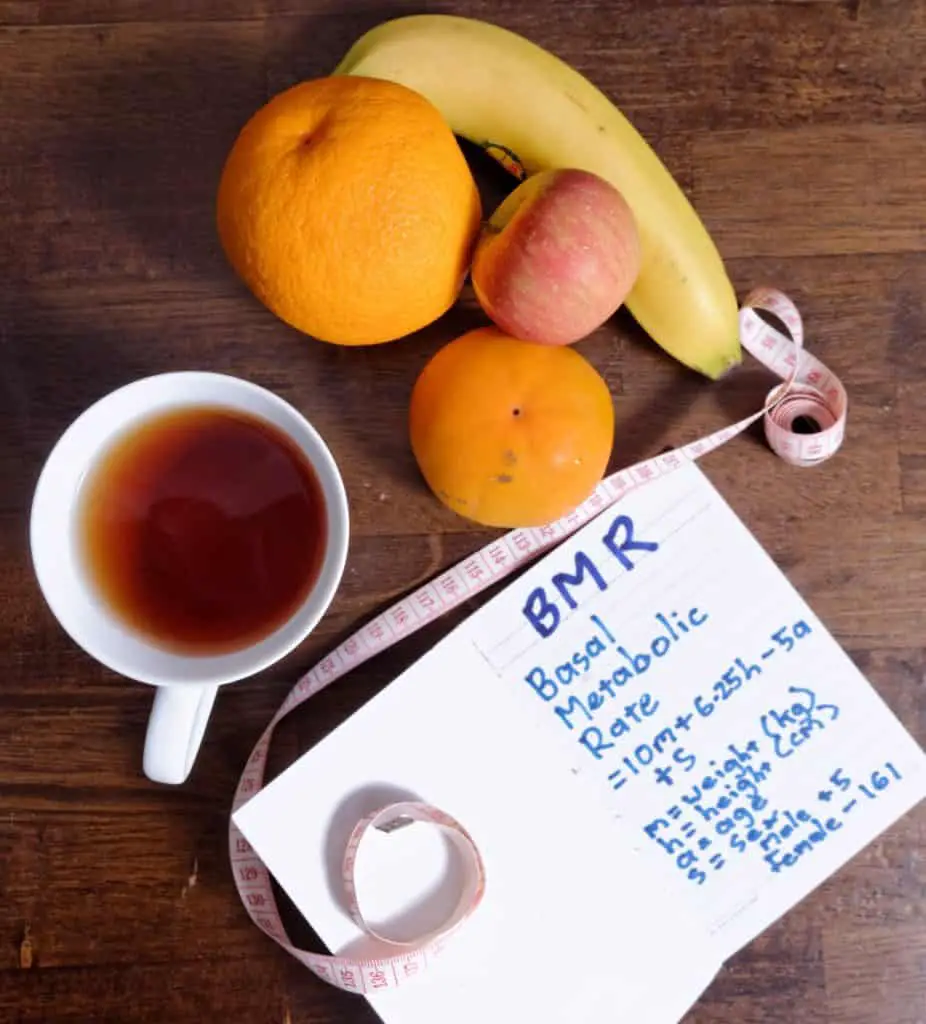It’s safe to call the paleo diet a “hunter-gatherer’s diet” because it revolves around what our ancestors in the Paleolithic era survived on.
If you can recall your history, the early man survived on meat from animals he hunted, berries, fruits, and herbs. Scientists suspect that even though technology has given us better ways to obtain food, our bodies haven’t evolved much.
As essential as agriculture was to our civilization, refined foods and animal dairy were never supposed to become our staple. That’s why there is only one answer to this question: is dairy part of the paleo diet?
The answer is no; dairy is not a part of the paleo diet. Animal dairy is a hormone delivery system designed to nourish and enhance the growth of four-legged mammals. Unfortunately, even though we’ve discovered that these hormones, plus the nutrients in milk, are suitable for development, many other “bad” things in milk cause health and dietary issues.
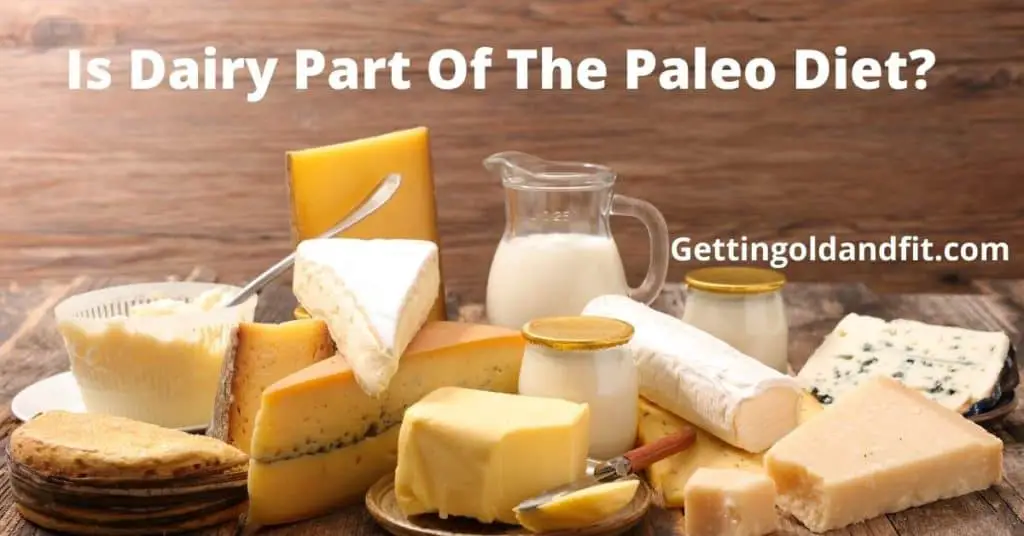
Scientists believe that most of our illnesses come from eating things we shouldn’t be eating in the first place.
The “Bad” Things In Milk
Lactose
Milk may be universally acknowledged as a good source of nutrition. Still, a significant part of the population is not biologically equipped to deal with lactose, the sugar found in milk.
In fact, after the age of two, human bodies stop producing lactase, the enzyme responsible for the breakdown of lactose. That tells you that even though some people have no significant issues with lactose, it’s still not supposed to be in our diet.
Lactose intolerance is also one of the main reasons why people don’t consume dairy products. If you’re intolerant, eating foods with lactose can put you in severe digestive distress. It can cause stomach pain, bloating, gas, and even diarrhea.
Casein
Humans are the only mammals that drink the milk of other animals. While we might think that gives us a nutritional advantage, we’re also creating allergies and intolerances that can be potentially dangerous to our health.
That’s precisely how people began to develop allergies to casein, a protein found in milk. Casein exists in two variations, A1 and A2. A1 caseins are primarily found in cow’s milk. A2 caseins, on the other hand, are considered “less problematic,” but these are only found in goat’s milk and the milk of some cow breeds outside of North America.
A1 casein can elicit some pretty severe allergy symptoms. They range from skin reactions (rashes, hives, redness, itchiness) to swelling (mouth, tongue, face, throat) to nasal congestion and difficulty breathing.
High Carb Content
Another reason dairy products are not in paleo diets is that dairy has high amounts of carbohydrates, leading to insulin spikes.
Insulin is necessary to keep blood sugar in check, but it can be detrimental to your progress and health if you’re dealing with weight gain issues or diabetes.
Growth Hormones
Milk contains several growth-promoting factors, such as IGF-1 (insulin-like growth factor 1). While this is useful in infancy, it can bring some unwanted growth too.
Acne flare-ups are more common in people that consume dairy regularly. That’s attributed to the powerful growth hormones in milk. They’re suspected to be powerful enough to exacerbate the growth of cancerous cells, so that dairy can be quite dangerous.
What Dairy Is Allowed On The Paleo Diet?
Technically speaking, only one dairy product can be considered paleo-friendly, and that is ghee.
Ghee, or clarified butter, is whittled down of all the sugars and proteins in dairy and is essentially made up of fats. Start with it if you’re thinking of introducing dairy to your diet.
Even though no other dairy products come close to the paleo-friendly quality of ghee, here’s what you need to know when selecting the right kinds of dairy for your diet.
Fermented dairy is better.
Fermented dairy might be the best choice for lactose intolerant. When dairy is fermented, it loses most of its sugars—lactose being one of them.
As such, you’re less likely to develop gastric distress if you indulge in kefirs, cheese, and yogurt instead of fresh milk.
Non-dairy Alternatives
If in a pinch, a glass of nut milk or dairy products from nuts might come in handy. While a lot less nutritious than dairy milk, nut milk packs a nutritional punch and comes without the baggage that animal milk does.
Almond milk is the most delicious substitute for dairy milk, owing to its rich, nutty flavor. Cashews are also a good source of nut dairy products, including cheese, cream, and butter.
Conclusion
Despite what I’ve covered here, dairy is not all bad. It is still one of the best sources of nutrition, especially for people that have lost a lot of weight due to illness.
Colostrum (baby’s milk) is packed with numerous health benefits. It builds immunity and populates the gut with beneficial bacteria.
Nevertheless, lactose and casein are problems you’ll want to avoid on the paleo diet.
References Used In This Article
- Paleolithic Diet
- The effect of ghee (clarified butter) on serum lipid levels and microsomal lipid peroxidation
- Comparison of the Effects of Goat Dairy and Cow Dairy Based Breakfasts on Satiety, Appetite Hormones, and Metabolic Profile
- Casein: a milk protein with diverse biologic consequencesLactose intolerance
- Hormones in Dairy Foods and Their Impact on Public Health – A Narrative Review Article
